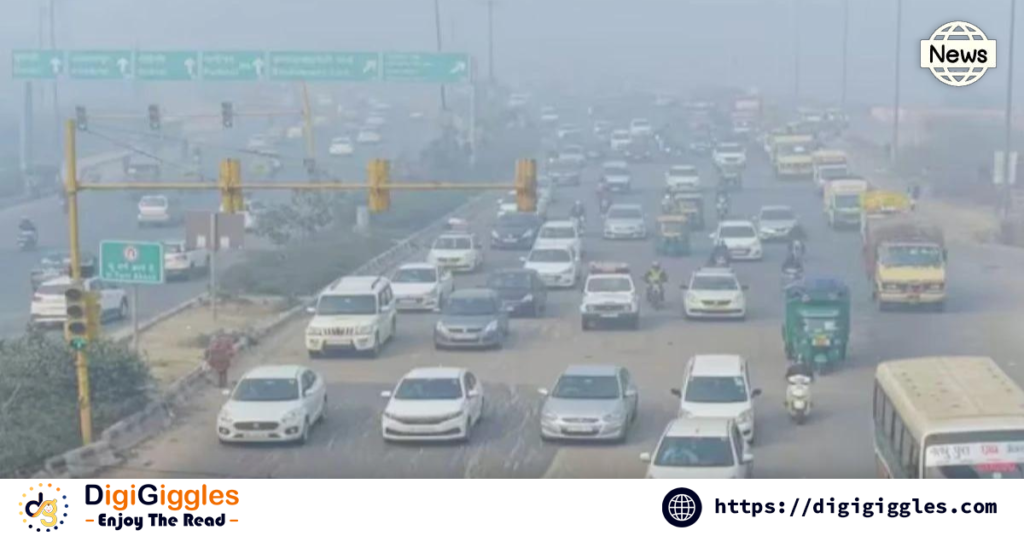
As the monsoon begins to retreat from northern India, Delhi’s air quality has once again slipped into alarming levels. On Thursday, Anand Vihar, a major transit hub in the capital, recorded an Air Quality Index (AQI) in the ‘very poor’ category. According to data from the Central Pollution Control Board (CPCB), several other parts of the city also experienced a spike in pollution levels, raising concerns over public health as the winter season approaches.
A Grim Reminder of Pollution Season
Delhi’s air quality typically worsens post-monsoon, as rains that temporarily wash away pollutants give way to dry winds that allow dust, smoke, and other contaminants to accumulate. Anand Vihar, which often registers higher pollution levels due to its proximity to industrial areas and heavy traffic, has again emerged as one of the city’s most polluted areas. Thursday’s AQI readings at Anand Vihar were noted at over 300, placing it firmly in the ‘very poor’ category. Other areas like ITO, Jahangirpuri, and Rohini also showed concerning levels of pollution, with AQIs ranging between 250 and 300. Experts fear this could be a sign of worsening air quality in the coming weeks, particularly as stubble burning in nearby states such as Punjab and Haryana is expected to increase.
Impact on Public Health
The rise in pollution levels has sparked concerns among health experts, who warn that prolonged exposure to such poor air quality can lead to respiratory issues, aggravate asthma, and increase the risk of cardiovascular diseases. Dr. Sunita Verma, a pulmonologist at a leading Delhi hospital, explained the dangers, stating, “People with existing respiratory conditions, the elderly, and children are particularly vulnerable to the adverse effects of poor air quality. With pollution levels rising, we advise the public to limit outdoor activities and wear masks if necessary.” Residents, too, are expressing their concerns over the degrading air quality. Ramesh Singh, a commuter from Anand Vihar, shared, “It’s not just the pollution, but the burning sensation in the eyes and throat that makes commuting unbearable. We can only hope for stricter measures to control this before it gets worse.”
Government Measures and Citizen Responsibility
In response to the rising pollution, the Delhi government has reiterated its commitment to curbing pollution by implementing various measures. Among the strategies are the promotion of electric vehicles, restrictions on heavy vehicles in the city, and initiatives to monitor and reduce industrial emissions. However, the recurring issue of stubble burning in neighboring states continues to pose a major challenge. Despite efforts from the central and state governments to discourage the practice, many farmers resort to burning crop residue due to the high cost of alternative methods. Delhi’s air quality suffers as winds carry the smoke from these fires into the city.
Looking Ahead: What to Expect
With the monsoon officially retreating, experts predict that Delhi’s air quality may continue to deteriorate over the next few months, especially with the onset of winter. Low wind speeds, combined with an increase in stubble burning and vehicular emissions, could push AQI levels into the ‘severe’ category. Citizens are urged to take precautions such as avoiding outdoor exercise during peak pollution hours, using air purifiers indoors, and staying updated on daily AQI readings. The Delhi government has also urged residents to report instances of illegal stubble burning and cooperate with pollution control efforts. As the city braces for the winter pollution season, it remains to be seen whether ongoing measures will be enough to combat the annual crisis that looms over the nation’s capital.